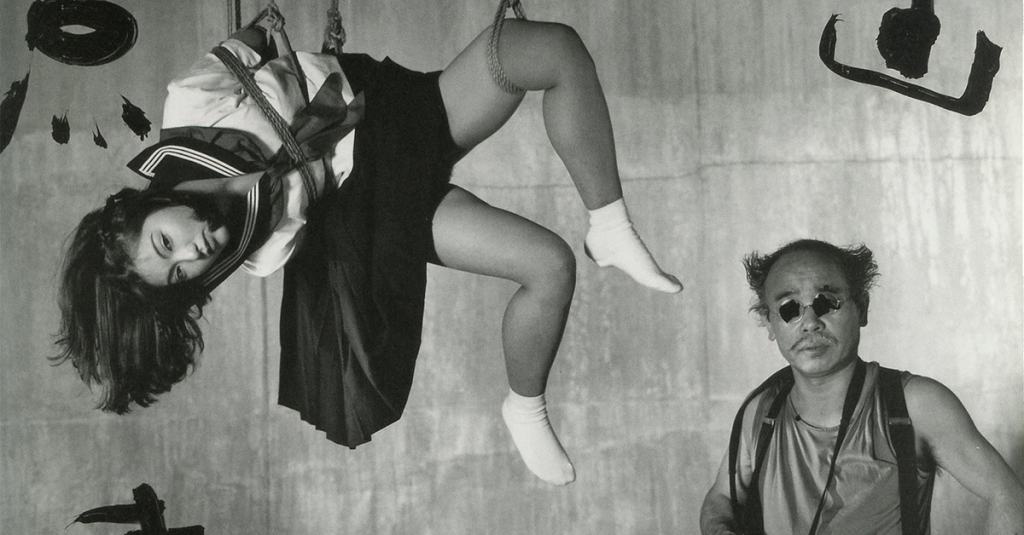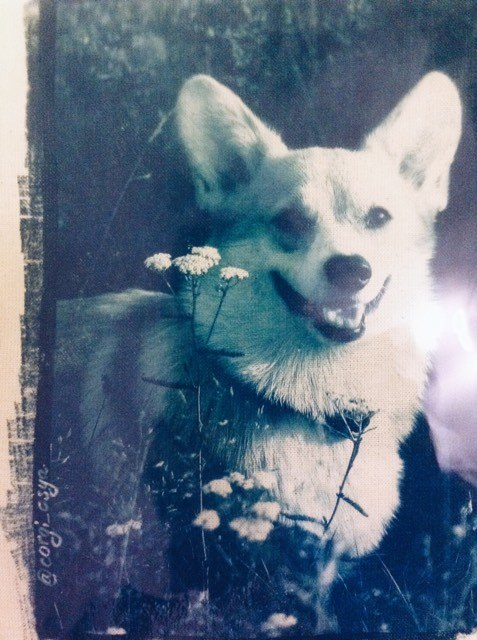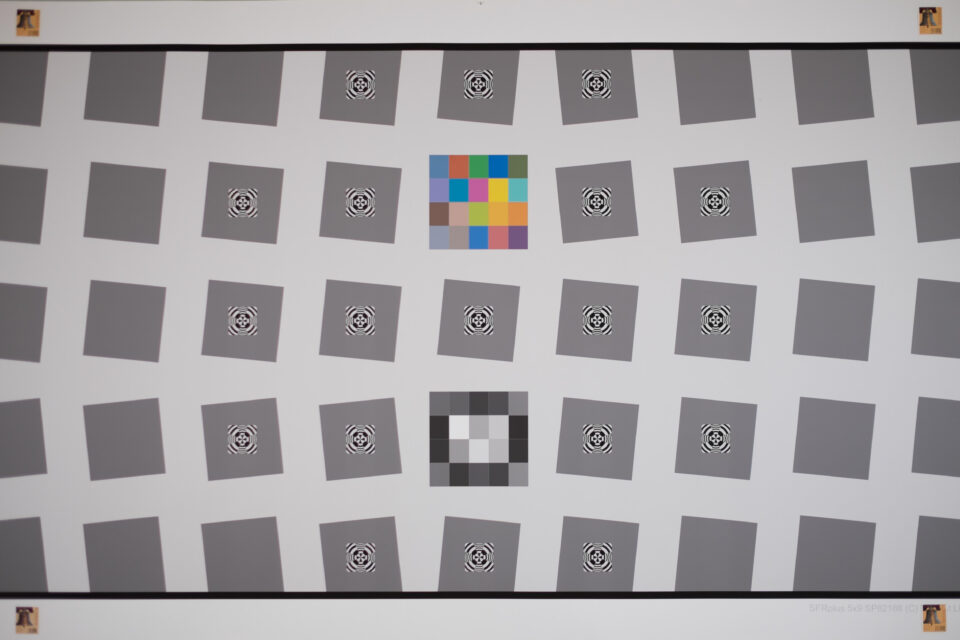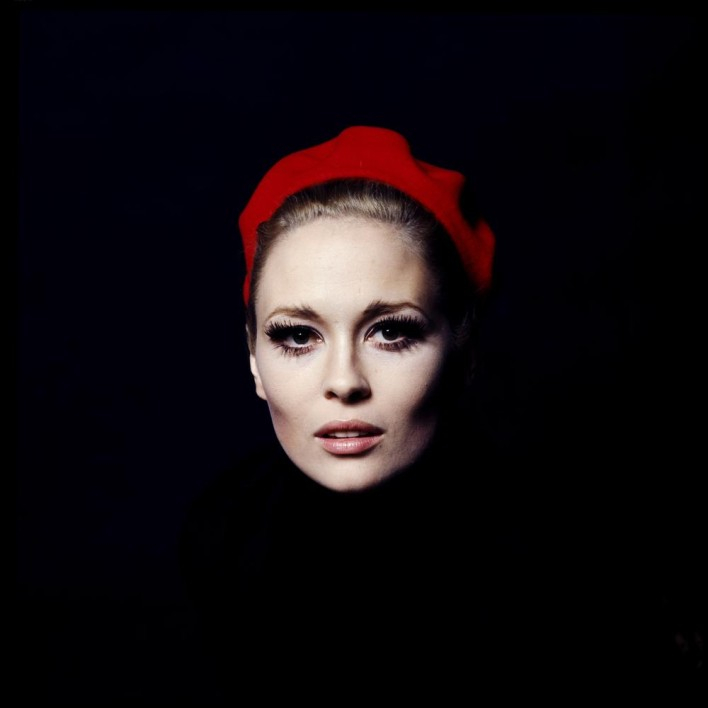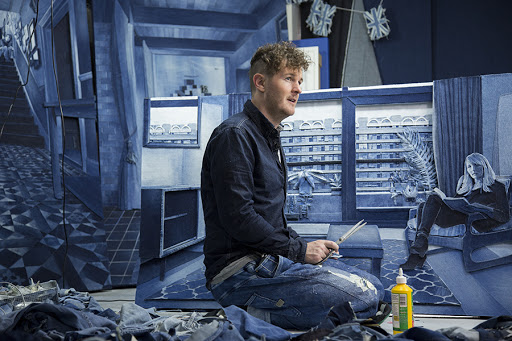can be a good
INTRODUCTION TO FASHIONABLE PHOTO
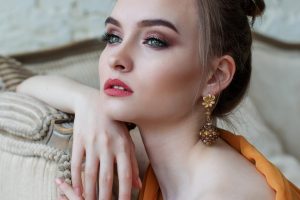 Fashion photography (or fashion photography) is a genre that refers to the shooting for advertising purposes of clothing, hairstyles, makeup, jewelry or other fashion products. To become a successful fashion photographer, you need a team – models, assistants, hairdressers and makeup artists, dressers and just extra eyes and hands. Fashion photography involves high-quality stylized photo shoots.
Fashion photography (or fashion photography) is a genre that refers to the shooting for advertising purposes of clothing, hairstyles, makeup, jewelry or other fashion products. To become a successful fashion photographer, you need a team – models, assistants, hairdressers and makeup artists, dressers and just extra eyes and hands. Fashion photography involves high-quality stylized photo shoots.
Proper lighting, posing and facial expression, and most importantly creativity – all this helps to become a successful fashion photographer. A good start would be to look at fashion magazines and fashion sites and learn the techniques by which photographers draw the attention of viewers to a specific topic or product. “Boring” – this does not apply to the fashion industry. Continue reading
T-STOP VS F-STOP: WHAT DIFFERENCE?
 T-STOP VS F-STOP: WHAT DIFFERENCE?
T-STOP VS F-STOP: WHAT DIFFERENCE?
One of the first things you come across in photography is F-stop (from focal length “focal length”). It, as a measurement of the lens, is an important part of the exposure, like the T-stop (from the English transmission – “transmission”). We suggest you familiarize yourself with the article by professional photographer Gabor Holtzer, in which he explains on the fingers the differences between T-stop and F-stop.
T-stop vs F-stop: what’s the difference?
What does F-stop mean?
Each lens has an entrance pupil. The entrance pupil is that part of the lens where the diaphragm is located (and not the front of the lens). Its diameter is usually slightly less than the diameter of the front glass element. Continue reading
HARD LIGHT – IT’S SIMPLE!
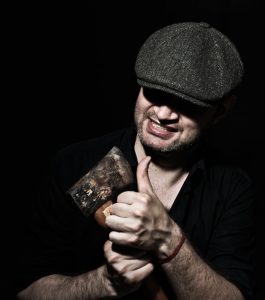 In nature, there is soft light, hard, as well as everything in between. All this falls under the concept of “quality of light”, i.e. the differences between these two types of lighting are related to the quality of the shadows that you get when lighting an object. Hard and soft light can be reproduced using artificial lighting with a combination of flash, light modifiers and the distance at which all devices are located relative to the subject.
In nature, there is soft light, hard, as well as everything in between. All this falls under the concept of “quality of light”, i.e. the differences between these two types of lighting are related to the quality of the shadows that you get when lighting an object. Hard and soft light can be reproduced using artificial lighting with a combination of flash, light modifiers and the distance at which all devices are located relative to the subject.
Hard light is just
Soft light is determined by the gradual transition between shadows and highlights. Hard is its opposite. Transitions between shadows and highlights occur quickly. The result is crisp edges, deeper shadows, and sharper, sharper lighting. Hard lighting has many uses, from promotional images of a musical group, to sports, fashion, for shooting older people who need a “cool” look. In principle, for any images where you need a sharp and sharp object, it is best to use hard light.
Hard light is just Continue reading
